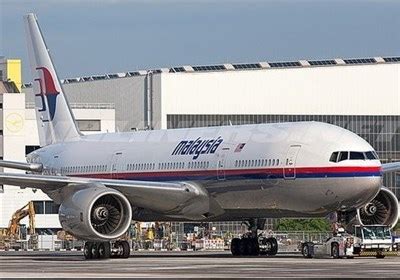
A decade after the Malaysia Airlines flight MH370 vanished en route from Kuala Lumpur to Beijing, a new glimmer of hope emerges as researchers tap into underwater audio signals to unravel the aircraft’s mysterious disappearance.
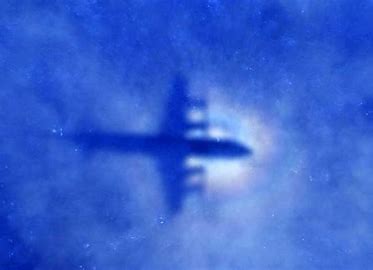
The tragic event of March 8, 2014, which ended with 239 passengers and crew members lost at sea, remains one of the most baffling aviation disasters in history. However, a team from Cardiff University in the UK now suggests that distinctive sound waves captured in the depths of the ocean may hold the key to pinpointing the wreckage.
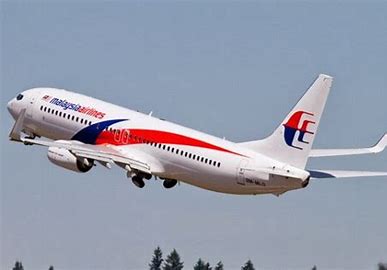
The Cardiff University team, led by Dr. Usama Kadri, has pored over hydroacoustic data collected from a station off the coast of Australia.

Analysis of these recordings has revealed acoustic signatures—unique sound profiles created when objects, such as aircraft, meet the ocean surface at high velocity. Such signatures have the potential to travel thousands of kilometers underwater.

According to Dr. Kadri, clear pressure signals from historical aircraft accidents have been detected on hydrophones at distances exceeding 3,000km.
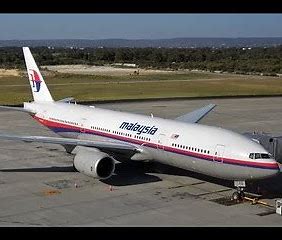
The quest to locate MH370 initially focused on the South China Sea, but shifted to the Strait of Malacca and the Andaman Sea as military radar tracked the flight deviating from its intended path.

It was the analysis of satellite handshakes—automated signals between the aircraft and an Inmarsat satellite—that led to the conjecture that the flight ended in the southern Indian Ocean. However, despite a massive search effort, only a few pieces of debris have been recovered, none of which significantly narrowed down the search area.
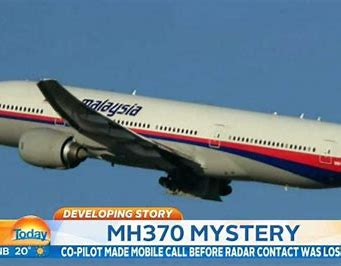
The Cardiff University proposal emphasizes the need for controlled underwater explosions or airgun fire along the so-called 7th arc, the area defined by the final satellite communication, to test if a more precise crash site can be discerned.

“If the signals are found to be unrelated,” Dr. Kadri stated, “it would indicate a need for authorities to reassess the time frame or location established by their official search efforts to date.”

Yet, the Cardiff University’s findings alone have not provided a solid enough lead to reopen the official search.

Despite this, the privately owned deep-sea exploration company, Ocean Infinity, has expressed its commitment to deploying an advanced underwater drone to further probe the mystery.

The new hydroacoustic approach has rekindled interest and offered a fresh direction for investigation—much to the anticipation of military and aviation enthusiasts, as well as the bereaved families still yearning for closure.
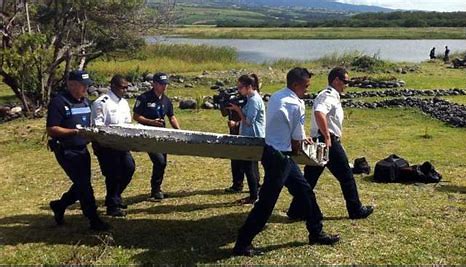
Should the Cardiff University team’s methods prove successful, this could revolutionize search and rescue operations for ocean-based accidents, extending far beyond the haunting saga of MH370.
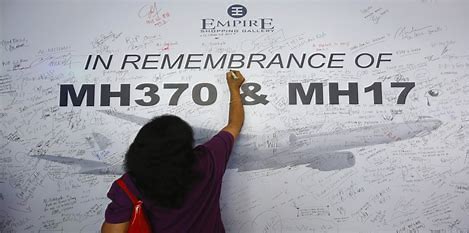
After a decade of uncertainty and sorrow, the possibility of finally locating MH370 and understanding its fate offers a compelling chapter in the annals of modern aviation history.

With military tech and politics enthusiasts keeping a close watch, the world awaits the next phase of exploration with bated breath—hopeful that science and perseverance will at last bring answers to one of the 21st century’s most profound mysteries.
